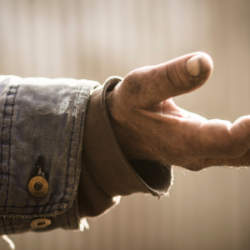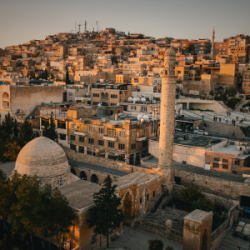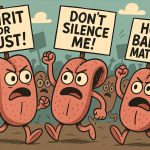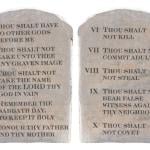Welcome readers! Please subscribe through the button on the right.
(Read this series from the beginning at Part 1 and Part 2.)

These stories don’t help us recover so much of the historical Jesus as much as they establish the authority of his disciples. In this week’s reading, the focus is Thomas and the story about him serves a double purpose for the fledgling Jesus movement.
First, it establishes Thomas as an early movement leader. Multiple documents in Christian history would later be attributed to this disciple. Thomas is supposed to have taken the gospel to the Parthians and then on to India. He is credited with establishing the Mar Thoma Church and was martyred there as well. Thomas is also a central figure in Syrian Christianity: his bones are claimed by that faith tradition to have been removed from India and brought to Edessa close to the end of the fourth century.
Second, this story challenges people to believe in the Jesus story even though they haven’t seen Jesus for themselves.
What speaks to me most about these stories is that Jesus didn’t come back from the dead just to live another 30 or so years doing the same thing he’d done before he was executed. The attempted silencing of Jesus and his saving work is only an interruption, not an end. Each resurrection story defines Jesus’ resurrection as causing his life work to continue in the lives of his followers. Jesus commissioned his disciples to continue his life work in the same spirit that inspired him.
I consider again how Jesus’ life work was summarized in passages like Luke 4:18-19: as good news for the poor, release for the prisoners, setting free the oppressed, and proclaiming the most High’s favor or forgiving debts. There are similar teachings in both Luke’s sermon on the plain (Luke 6) and Matthew’s sermon on the mount (beginning in Matthew 5). These are the ethics and values in the Jesus story: Jesus both comforted and challenged individuals and also, in his overturning of the tables, challenged unjust systems, demanding a different order of things in the here and now.
So I ask myself, am I breathing in this same spirit that we read of in this week’s passage? And how closely is my story aligning with the Jesus story?
In what areas does my life harmonize with the Jesus story? Where is there dissonance?
Each of us looses and binds things every day. Are the things I bind and loose similar to or vastly different from the liberation work, the love, compassion, safety and justice in the Jesus story?
This first weekend after Easter, I want to foster more harmony between my life story and this story of Jesus that I hold dear.
I’m sure you do, too.
Here’s to breathing in that spirit, together, and exhaling love and justice with those our lives touch each and every day.














